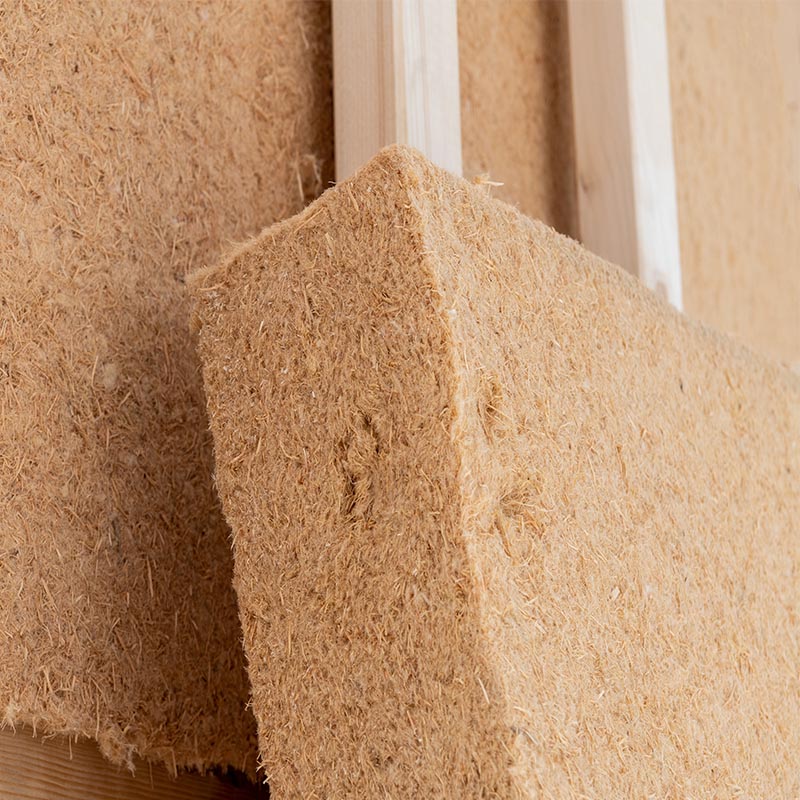The Fabric First Approach
What is a fabric first approach and why is it so important? Our energy consultant Ella explores why Mantis Energy favours this method above all…..
The ‘Fabric First Approach’ is an approach to energy efficiency that aims at looking at ways to first reduce heating demand of the building by using fabric such as insulation or improvements to airtightness. Fabric refers to any component that makes up the building itself: walls, floors, roof, windows, and doors.
This way of designing ensures that energy efficiency is being considered from the earliest stages of the design and not as an afterthought in order to meet building regulations. Many well recognised design standards such as Passive House and PAS2035 also highlight using a Fabric First approach as a core principle to energy efficiency.
At Mantis Energy, we adopt a Fabric First Approach to all our projects, by first prioritising inclusion of high performance, sustainable and high levels of insulation. This minimises the amount of heat being lost through the building envelope. As well as insulation, measures are taken to increase the level of airtightness in the building.
Ensuring a property is airtight and draughts have been eliminated means there will be less areas for heat to escape the building and be able to maintain more consistent temperatures across rooms therefor lowering the amount of heat needed to be comfortable.
There will subsequently be a need to introduce fresh air into the building so it is important to note that with increased levels of insulation, assessment of ventilation requirements should be made to ensure ventilation is adequate for the improved level of airtightness or insulation.


Once we have reduced the heating demand where possible utilising a Fabric First Approach, we can then look at lowering the heating demand further or decarbonising altogether with the installation of renewable energy systems or upgrades to building services.
There are many benefits to following a Fabric First Approach to energy efficiency, such as being more cost effective to build and run. Installation of building fabric upgrades when using high quality and sustainable materials, will require less maintenance and have a longer life span.
When the entire building envelope is upgraded to the same good level, the building elements will work together more cohesively. In many cases, a building envelope that is airtight with high levels of insulation, will require less energy efficiency technology, which can be expensive, as the performance of the building will drastically improve. This can result in a smaller PV system being installed which will be cheaper. The size of heating system can be reduced as buildings with higher levels of insulation require less heat (because not as much heat will be lost through the fabric). This not only lowers cost of the system but when looking at heating systems such as Heat pumps, a smaller system that is run at a lower flow temperature can result in higher efficiency.
The Fabric First Approach prioritises heat conservation over heat generation; the theory being that no matter how renewable your energy may be, the goal is to use as little of it as possible.
A low heating demand achieved from a well-insulated and airtight building consumes less energy. This is a sustainable way of reducing carbon emissions of the building, and when looking at becoming Net-Zero can make it that much easier as there is less consumption to mitigate emissions with renewable technology.
Ella Carey – To find out more about Ella visit her profile here

